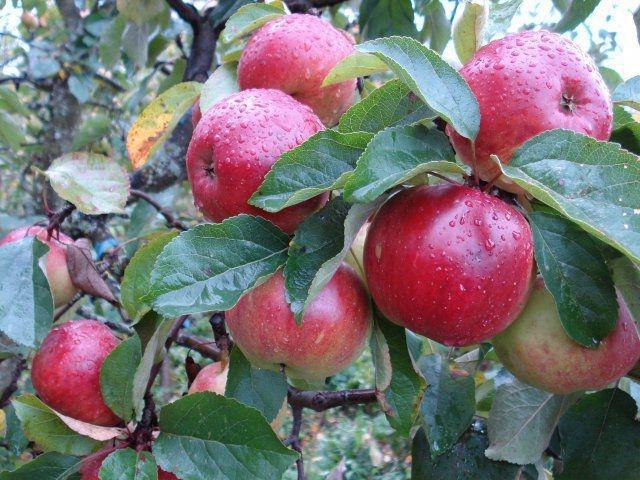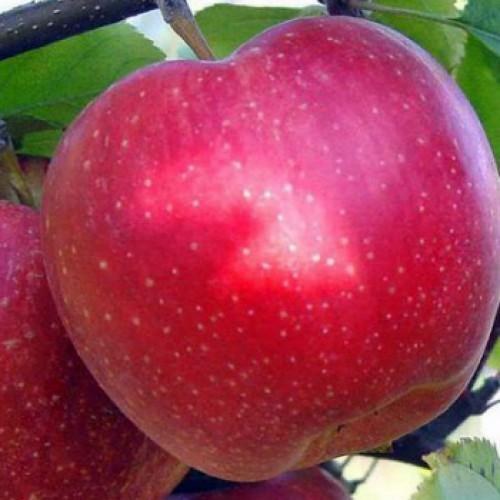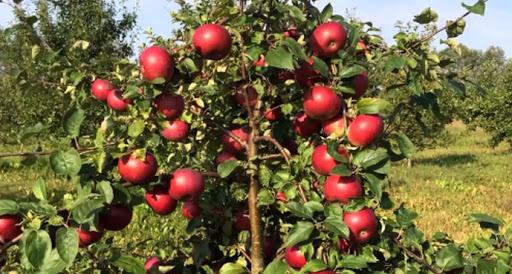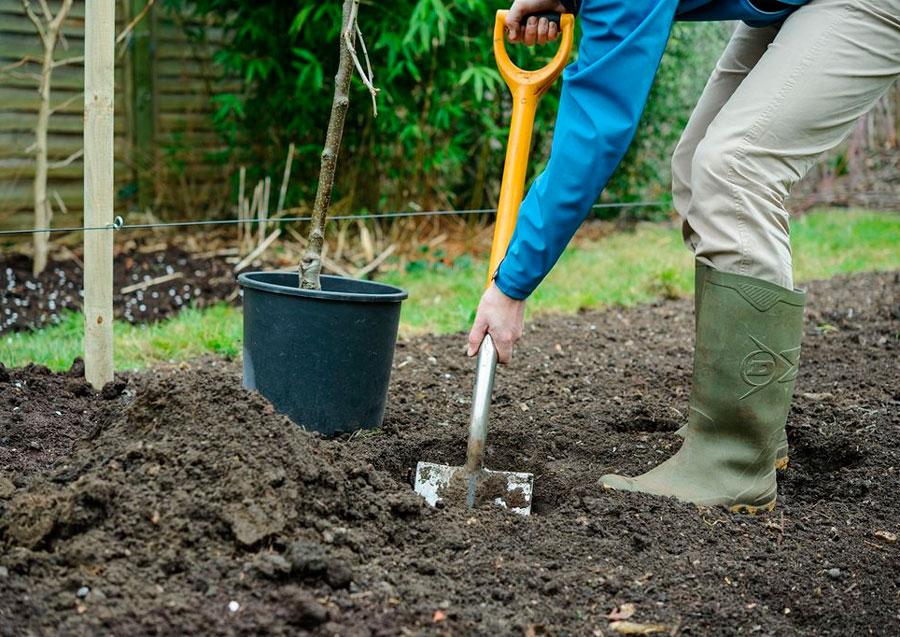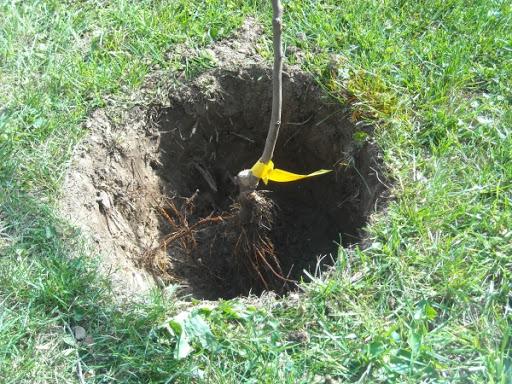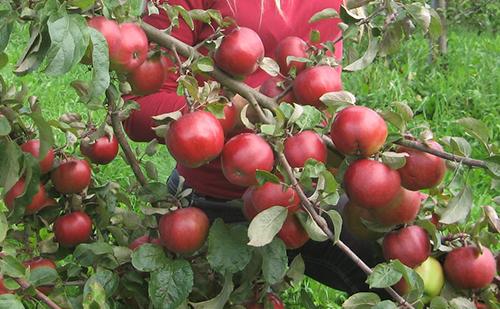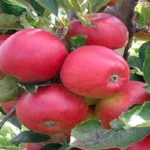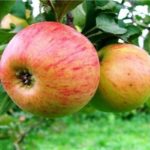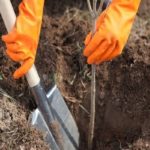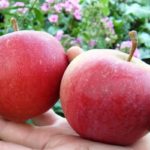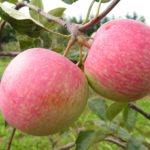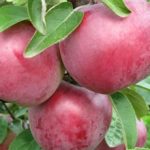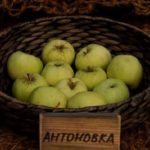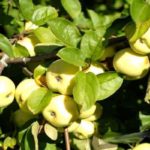Often the apple tree does not survive the harsh winter and dies. Breeders have developed frost-resistant varieties especially for cold regions. An apple tree called Antey, grown by Belarusian specialists, is designed to grow in unfavorable weather conditions. Further information about the pros and cons of the variety, main characteristics, planting trees, and caring for the crop.
- History of the development of the Antey culture
- Pros and cons of the variety
- Tree size and lifespan
- Main characteristics
- Frost resistance
- Immunity to disease
- Zoning of the apple tree
- All about the harvest
- Pollinator varieties
- Beginning of fruiting
- Timing of flowering and ripening of apples
- Collection and storage
- Tasting assessment of the fruit
- How to plant and grow a tree in the garden
- Features of planting seedlings
- Soil and hole preparation
- Planting scheme
- Caring for young and adult apple trees
- How to feed and water
- What and when to treat
- Formation of the correct crown
- Loosening the soil
- Wintering
- Subspecies and options
- On a dwarf rootstock
- Columnar variety
History of the development of the Antey culture
The variety was bred by Belarusian specialists. They crossed the Belarusian raspberry apple tree and a hybrid obtained from crossing the Newton and Babushkino varieties. The developed crop is characterized by an increased degree of winter hardiness.
Pros and cons of the variety
The positive qualities of the Antey apple tree include the following characteristics:
- good frost resistance;
- precociousness;
- lack of frequency of fruiting;
- high taste qualities of fruits;
- long shelf life;
- good transportability.
The negative qualities of the culture include insufficient resistance to fungal diseases.
Tree size and lifespan
The description says that the Antey apple tree reaches a height of 2.5-3 meters. The pyramidal or rounded crown spreads over a width of 3 meters. The tree can grow and bear fruit for 35 years.
Main characteristics
The culture belongs to late winter varieties. It begins to actively bear fruit in the 5th year of life.
Frost resistance
The variety has good winter hardiness. Trees can withstand temperatures of -30 °C without shelter. Therefore, the Antey apple tree can be planted in harsh climates.
Immunity to disease
Disease resistance is average. Under unfavorable conditions, the crop may become infected with fungus. For prevention, trees are sprayed with fungicides several times a season.
Zoning of the apple tree
The variety is characterized as having high frost resistance. Therefore, it can be grown in many regions, even in areas with harsh climates.
All about the harvest
The fruits grow in size 160-210 grams. The skin is colored green, with a blurred blush on the sides. The purpose of the fruit is universal.
Pollinator varieties
The Antey apple tree is self-sterile. Therefore, pollinating trees need to be planted next to it. For this, the following varieties of apple trees are selected: Saffron Pepin, Anise, Autumn Striped, Welsey.
Beginning of fruiting
The culture is characterized by precociousness. The first harvest can be harvested already 2-3 years after planting the tree. During this period, the crop grows 5-10 kilograms of delicious fruit.
Timing of flowering and ripening of apples
The apple tree blooms from mid-May. Petals are white and pink. The fruits ripen in mid-September. Consumer ripeness of the late winter variety occurs in December.
Collection and storage
The harvest begins at the end of September. The fruits have good keeping quality. Store apples in a cool, dry place. Properly preserved, the gardener will be able to consume the fruit until April or May.
Tasting assessment of the fruit
The fruit tastes sweet and sour. They contain a large amount of vitamins and microelements. The pulp is juicy, crispy, with a candy aroma. Tasting score – 4.7 points out of 5 possible.
How to plant and grow a tree in the garden
An apple tree can grow and bear fruit for about 35 years, so it is necessary to carry out agrotechnical measures correctly.
Features of planting seedlings
Planting begins in spring or autumn. Select a sunny location with a low groundwater level. The trees become healthy, without signs of damage by diseases and pests. The root system of the seedlings is placed in a bucket of water for 1-2 hours.
Soil and hole preparation
The hole is dug 2 weeks before planting. Drainage is laid at the bottom.The next layer is soil mixed with mineral fertilizers. Then the hole is filled with fertile soil.
Planting scheme
A hole measuring 80x80 centimeters is dug and filled with fertile soil. The root system of the tree is straightened and placed in the middle of the hole. The seedling is covered with soil up to the root collar. A peg is installed nearby to which the plant is tied.
Caring for young and adult apple trees
Care consists of timely watering, fertilizing, loosening the soil, treating diseases and pests, and forming the crown.
How to feed and water
In spring, nitrogen is added to the root circle. After flowering and during the period of fruit formation, the trees are fed with complex mineral fertilizer. Water the apple tree generously only when planting.
Note! In the future, the ground under the trees is irrigated only if there is no rainfall for a long time.
What and when to treat
For preventive purposes, as well as when signs of fungal diseases appear, the apple tree is sprayed with a fungicide. If pests are detected, the trees are treated with an insecticide.
Formation of the correct crown
The procedure is carried out to increase crop yield. When pruning, skeletal shoots are arranged in tiers.
It must be taken into account that the central trunk should be higher than the other branches.
Loosening the soil
To prevent the appearance of a crust, the soil in the root circle is loosened. This removes weeds that contribute to the appearance of pests and pathogenic microorganisms on the apple tree. To preserve moisture in the soil, the tree trunk circle is mulched.
Wintering
The Antey apple tree winters safely without shelter. In October, the ground around the tree is watered abundantly. Then sprinkle with a layer of mulching material.To protect against rodents, the trunk is wrapped in non-woven material.
Subspecies and options
Antaeus is grafted on different rootstocks. The result is subspecies with different characteristics.
On a dwarf rootstock
Apple tree 62-396 is used as a rootstock. The grown trees reach a height of 2 meters, which makes harvesting easier. Caring for low-growing crops is standard.
Columnar variety
When grafted onto a columnar rootstock, the tree grows without skeletal branches. This option is suitable for growing crops in a small area. The low-growing apple tree is easy to harvest.

